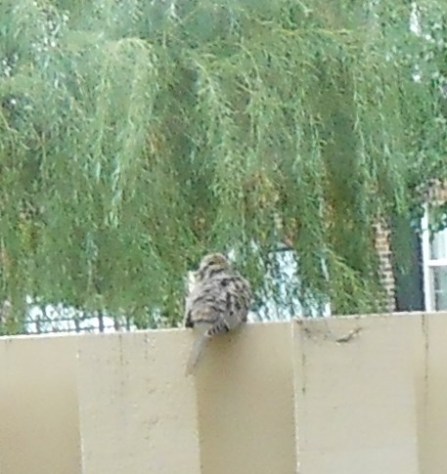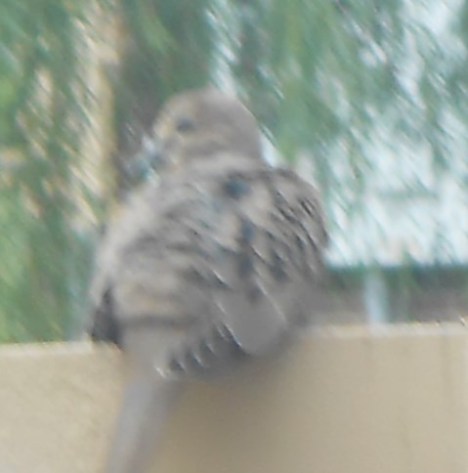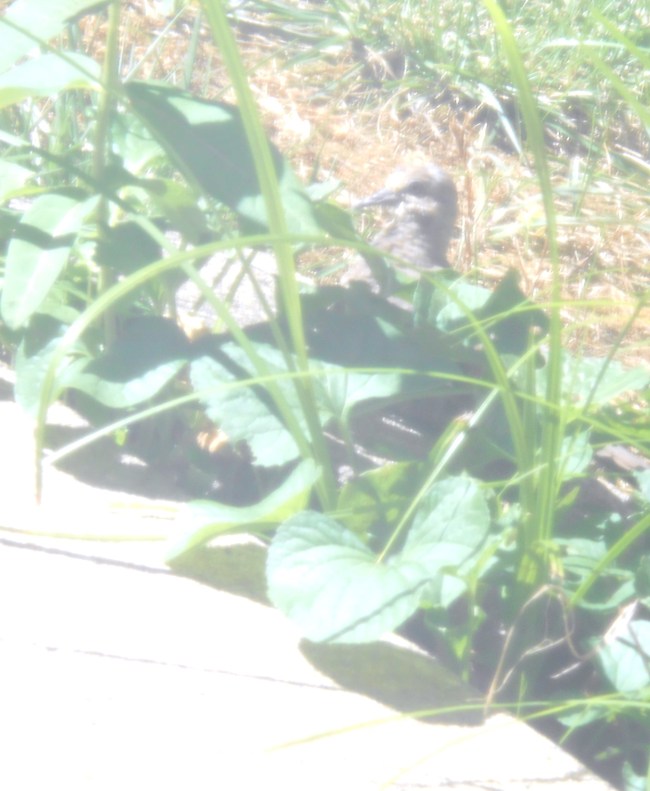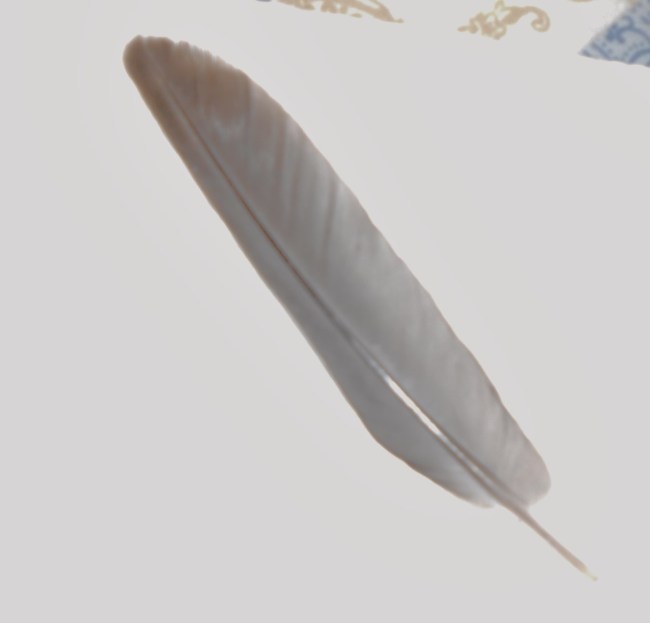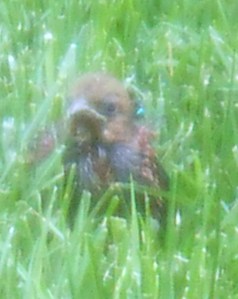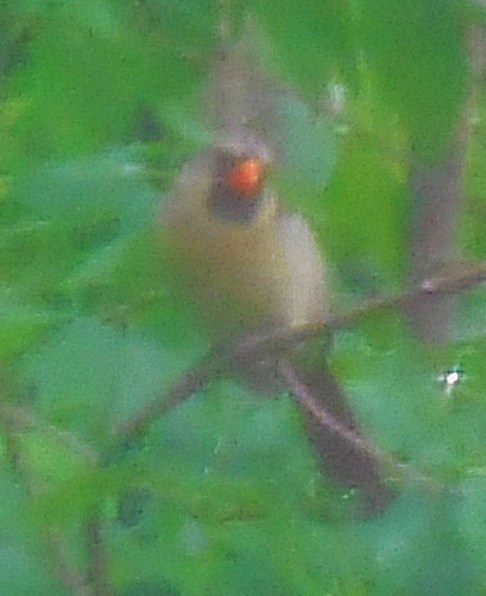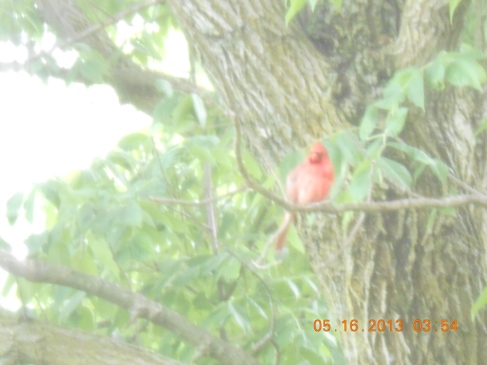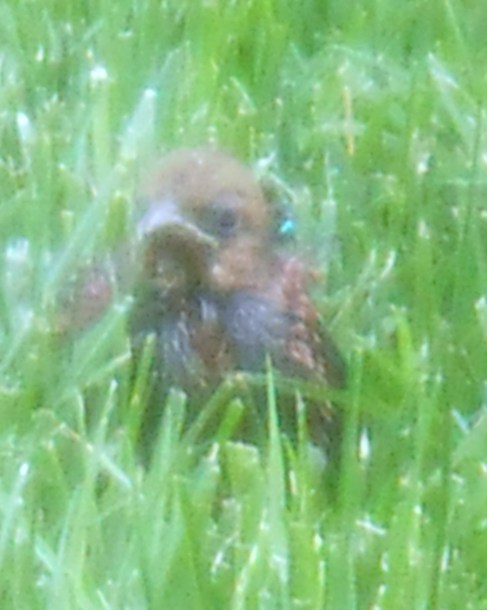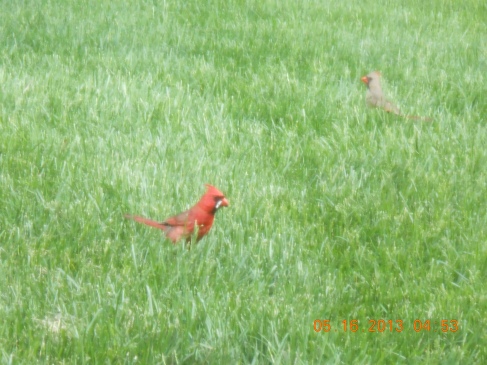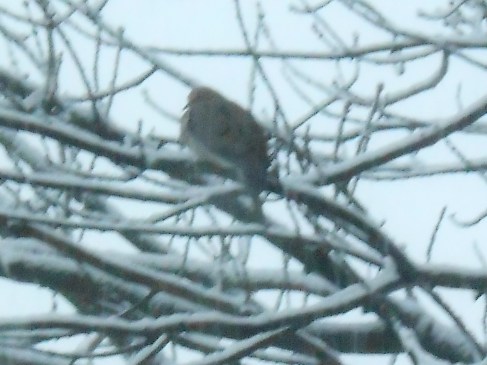I witnessed something that I can only say is purest of all evils. This beautiful creature was murdered last night right in front my eyes. To quick for me to stop it! By a cold monster who obviously has no regard for life of any kind.
I must ask that my younger underaged readers not read any further please. As the details are gruesome. But I feel I must say how this occurred. I will start off by pointing out that the Cardinal is A PROTECTED SPECIES UNDER THE MIGRATORY BIRD TREATY ACT!
Murdering, Caging, or causing any bird any harm is a CRIME!
This Act is still in effect to this day.
You can find abit more details on this act through here and by google
Here is also a complete listing of birds that are protected under this act
And to anyone considering harming any bird here is the penalties for doing so.
Penalties under FEDERAL MBTA include a (maximum of two years imprisonment and $250,000 fine for a felony conviction) and six months imprisonment or $5,000 fine for a misdemeanor conviction. (Fines double if the violator is an organization rather than an individual.)
Little one was bashed, crushed to death in the grass where he sat last night before the sun set. Right before my face. I can only think this was deliberate. As I watched helplessly as this heinous act happened quickly.
The father Cardinal tried to look for his little one.
After the act done I have not felt the same. I am actually unsure if I will continue to take pictures of the beautiful wildlife that roams around here. This act bothers me down to my very core.
How can we hurt something so little so defenseless just the beginning stages of their life.
